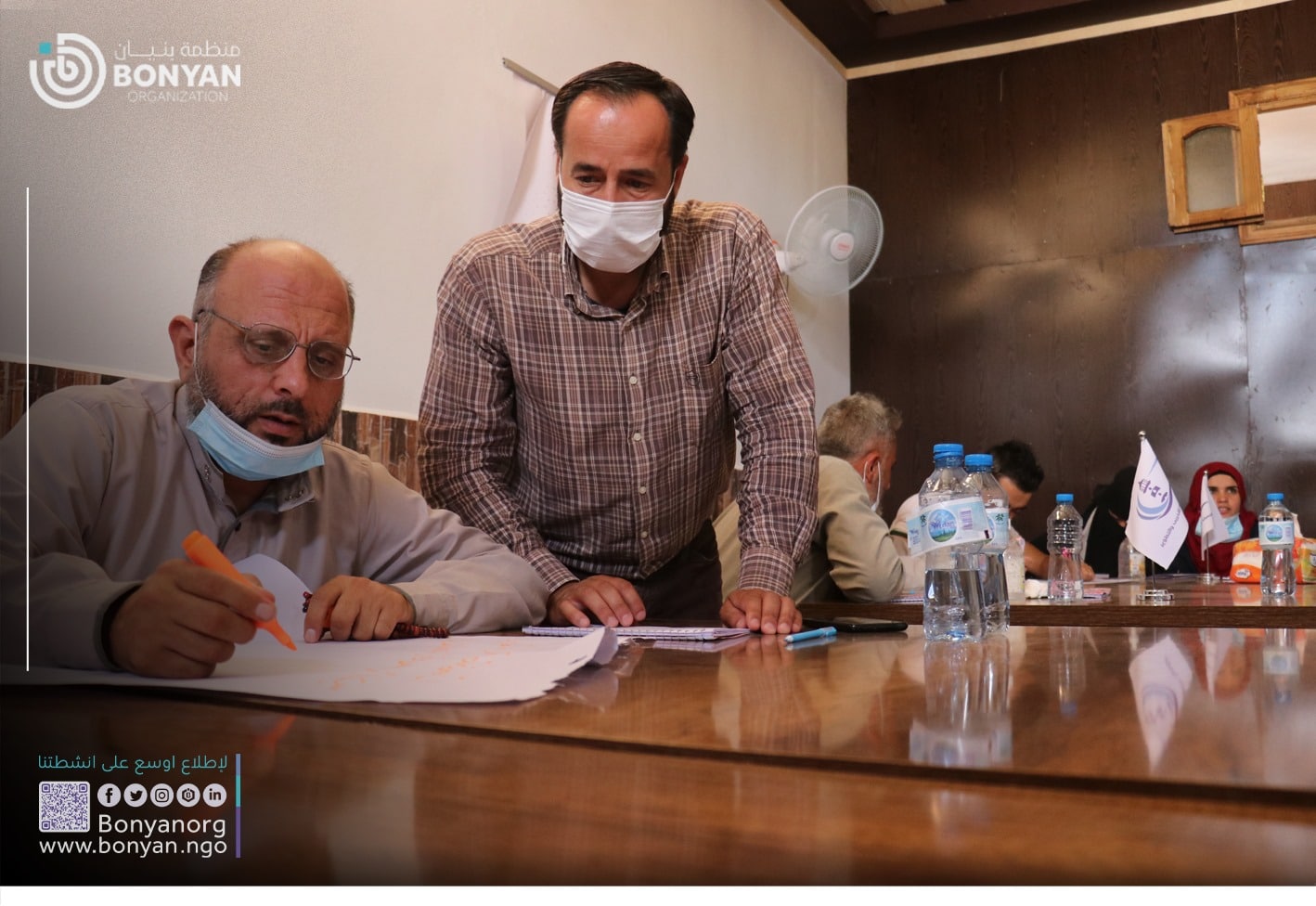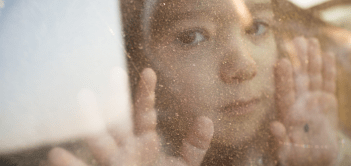Students
For some students, the start of a new school year can be exciting as they begin a new grade, meet new teachers and classmates, and reconnect with old friends. However, for refugee students, it can be a stressful and challenging time.
Fight Back With Knowledge
Most refugee students have to fight back to return to school and seek their right to pursue knowledge, so it may be a little hard to go to school and meet a new community to which they must adapt. Although they may face racism and offense, they have to handle it daily, which may affect their mental health and study. However, only by knowledge will they be strong enough to face all hardships they are doomed to face.
Respond With Humor
Responding to racism with humor, especially for children in schools, may harm them mentally. Many children tend to take racism to themselves and respond with humor as self-defense, just to let the situation pass. However, deep inside, these acts of racism they receive daily are causing scars that could last for a very long time, if not for their lifetime.
Therefore, the right way to react to racist people is to fight racism and don’t make it spread out.
Report Offenses
To fight against racism and racist people, first, we must find out who these people are and how they practice racism against children in schools.
So the children in schools must be educated about reporting any offense they receive from other students or children about racism, but first, our mission is to educate children on what racism is and how we receive it.
Join Or Start a Diverse Organization
Diversity organizations maybe not be the best way to stand against racism, but it is one of the best solutions you can do to stop racism.
If there is already an organization in your round, you can join and invite people to join this organization because it is your responsibility to stop racist people you could.
Discuss Race With Others
Multiple scholarly fields—from history to the health sciences, from sociology to school counseling—address the curriculum’s historical and current expressions of racial injustice and inequality. These initiatives are a component of a more significant educational movement known as social justice education, which aims to empower students to identify, comprehend, and challenge oppressive structures to improve equity for everyone.
School Principals and Teachers
Self-awareness and introspection are the first steps in avoiding racism in schools. Teachers must understand how our individual lives are impacted by the intersections of our race, ethnicity, gender, sexual orientation, religion, socioeconomic status, and physical ability. Understanding how belonging to a specific group grants us privilege in particular settings is essential, as is willing to actively listen to marginalized groups with distinct life experiences due to their social groupings. We must be aware of our biases and try to comprehend those with various backgrounds.
Teach About Racism
Educators believe they are responsible for introducing these topics into their classrooms because young people want and should be part of the discourse. If managed properly, these dialogues allow timely learning about racism.
Educators are sometimes afraid to bring up these themes because they can be uncomfortable, elicit strong emotions, and some teachers believe they lack the necessary knowledge or background to effectively teach the subject.

Celebrate Multicultural History at School
Through culturally relevant instruction, teachers can design learning experiences that value social justice and prejudice prevention. Academic quality, cultural sensitivity, and social and political analysis are all stressed in culturally relevant education. Students engage in challenging learning experiences that use literature and resources to investigate issues within varied communities through culturally relevant teaching. A focus on social activism and justice for all is also present.
To thoughtfully handle challenging problems of race, culture, and ethnicity, culturally relevant teaching uses a variety of literature. The text might complement standard textbooks by providing historical data that is not well known. Students are exposed to various individuals and places through culturally relevant instruction. It is more than just a cultural festival where students sample dishes and listen to music from other cultures; it’s about the depth of knowledge. The promotion of social justice and the highlighting of historical movements that have fought for fairness and tolerance all over the world are what culturally relevant teaching emphasizes most.
Explicit Lessons on Race and Conflict Resolution
To avoid racism, educators must speak openly about racism with students. Discussions about race can be awkward, but with good planning, active listening, and understanding of everyone’s shared vulnerability, an awkward talk can turn into a transforming learning experience. We do a disservice to our students and society when we learn about civilizations but do not discuss the painful parts of our history.
We must talk about cultural misunderstandings and the challenges our country has encountered in dealing with racism.
Awareness of How Racial Bias Impacts Discipline
According to the U.S. Department Of state, according to the Civil Rights Data Collection of the Education Department, black students are suspended or expelled at three times the rate of white students. Moreover, Black girls were arrested at a rate of 13% in 2011-2012, far higher than girls of other ethnicities and most categories of boys.
Racism impacts how Black and Brown-skinned students are disciplined in schools across the United States. Schools must be mindful of the potential for racial bias to influence student discipline. Data must be used by leaders and instructors to assess trends in student behavior and reveal disparities. Restorative Practices can also be used in schools to give discipline a restorative rather than punitive approach.
Read More:



